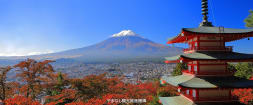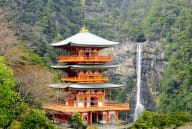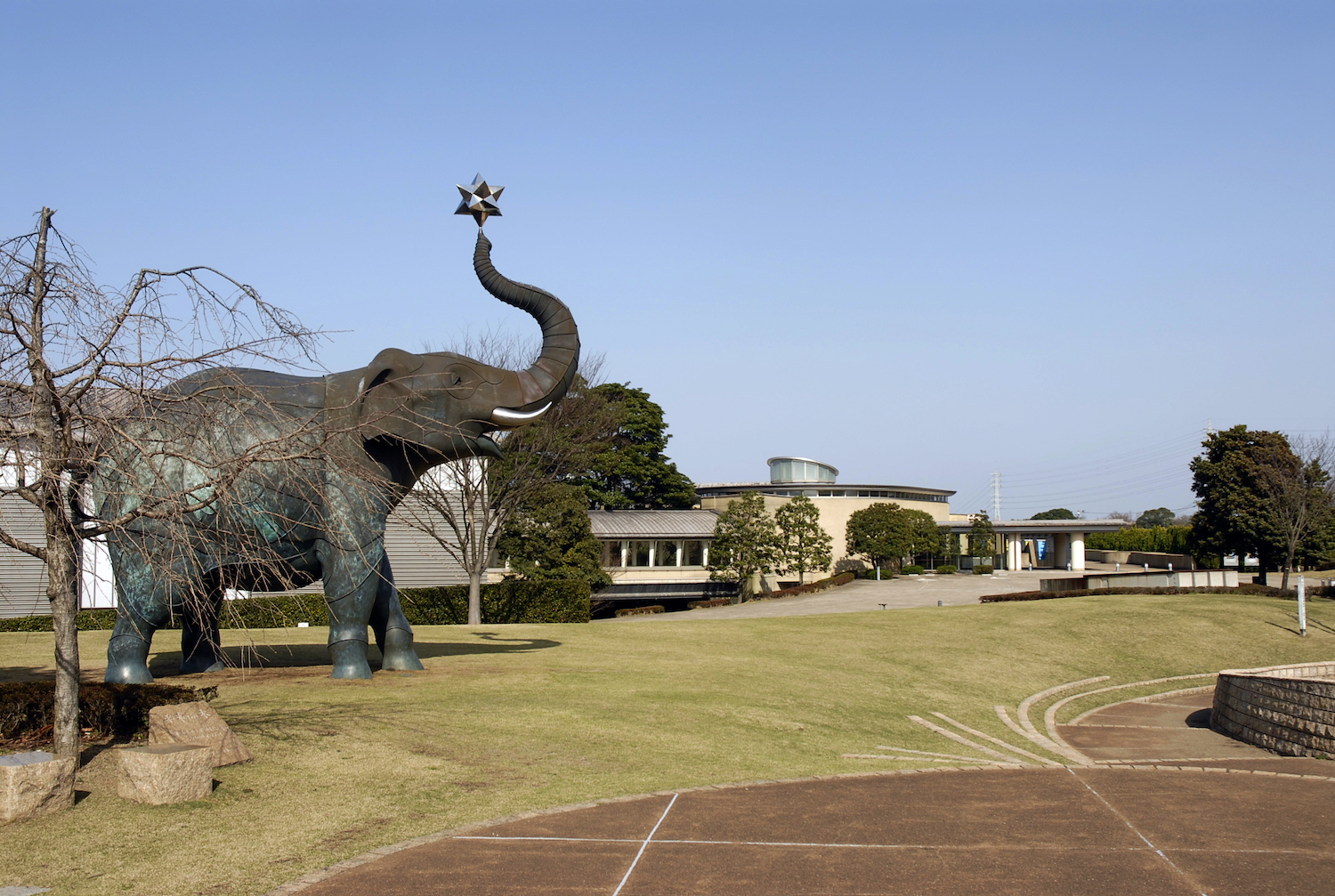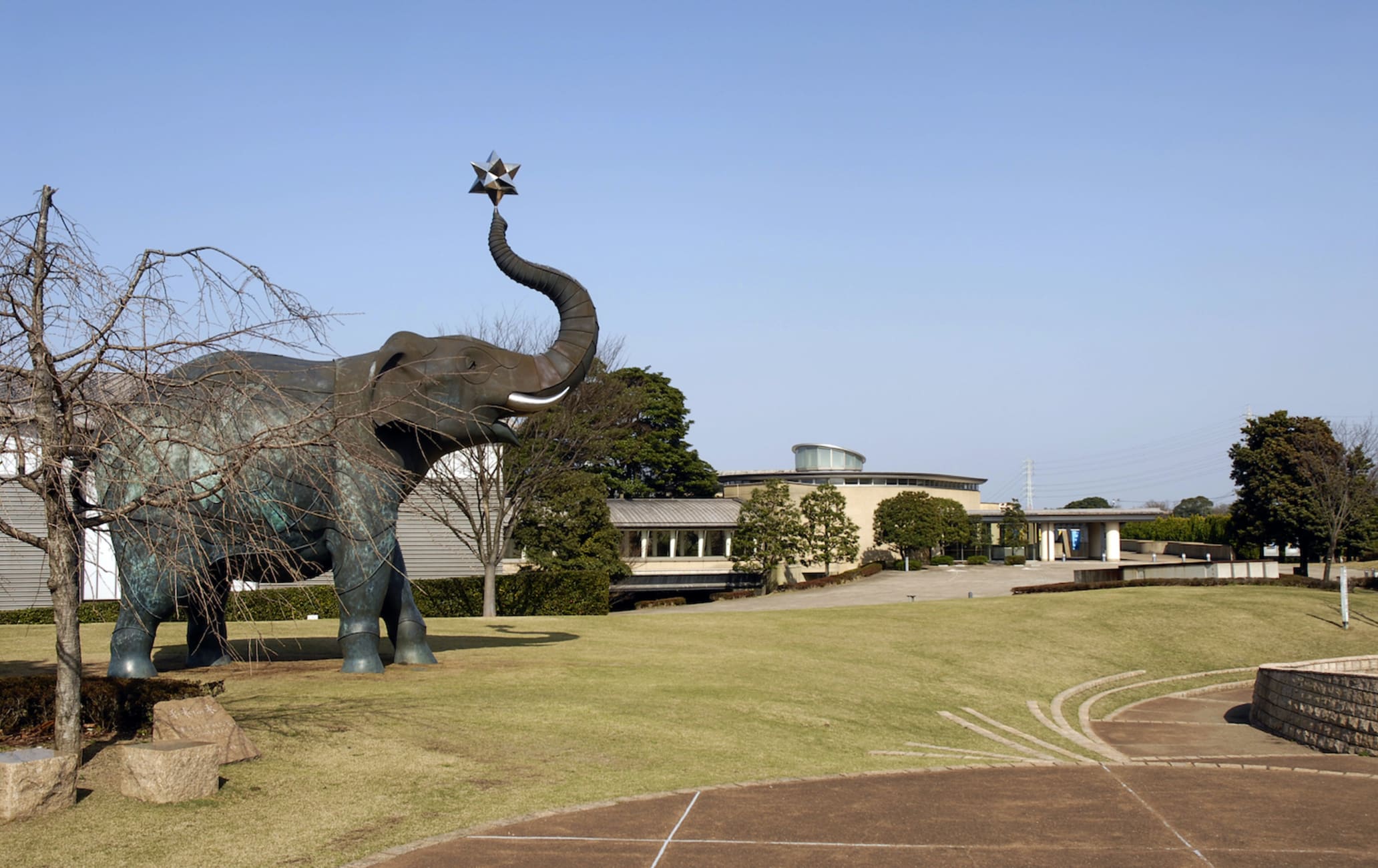Opere apprezzate di artisti regionali
Il Museo d'arte di Oita presenta una collezione estesa di oltre 3.300 opere di artisti moderni e contemporanei e alcune sono classificate come Beni culturali di rilievo. Il museo si trova nel Parco di Uenogaoka e al suo ingresso si erge la statua di un elefante con una stella in bilico sulla proboscide di 6.4 metri di altezza.
Non lontano si trova il Museo d'arte della Prefettura di Oita , OPAM, che contiene anch'esso una raffinata collezione di opere di artisti locali ed è stato progettato da Shigeru Ban.
Da non perdere
- Bungo nanga, dipinti in stile giapponese influenzati da Sung China, considerati Beni culturali di rilievo
- Opere contemporanee create da artisti collegati al territorio locale
- Una piacevole passeggiata nel Parco di Uenogaoka sulla strada verso il museo
Come arrivare
La stazione di Oita è servita dalle linee principali Kyudai, Hohi e Nippo, che permettono di raggiungere gran parte di Kyushu.
Il museo si trova a 25 minuti a piedi dall'uscita nord della stazione di Oita. È situato nel Parco di Uenogaoka, perfetto per passeggiare e rilassarsi.
Opere antiche e nuove
Le principali attrazioni del museo includono esempi di bungo nanga creati dal pittore di paesaggi moderni del XVII secolo Chikuden Tanomura. Nato in una Oita moderna, studiò con un insegnante locale per diventare un artista affermato e rispettato.

Le opere d'arte eseguite nel secolo scorso dai celebri pittori Tatsuo Takayama (che si concentrava sulle figure, i paesaggi, e i fiori) e Haihachiro Fukuda (pittore e designer Nihonga) sono esposte permanentemente e classificate per genere. Il progetto più notevole di Fukuda fu essere incaricato di decorare la sala del pubblico Takenoma del Palazzo imperiale di Tokyo.
Il punto di vista della Prefettura sull'arte
Le opere d'arte del vicino Museo d'arte della Prefettura di Oita abbelliscono anche la piazza e l'atrio. I materiali usati per costruire il museo includono facciate a reticolo di bambù, che fanno riferimento alla storia di produzione di artigianato raffinato della regione. Il bambù è usato anche nelle aree interne, accentuando i luminosi spazi aperti, sedi di eventi pubblici di musica, teatro, danza e poesia.






































